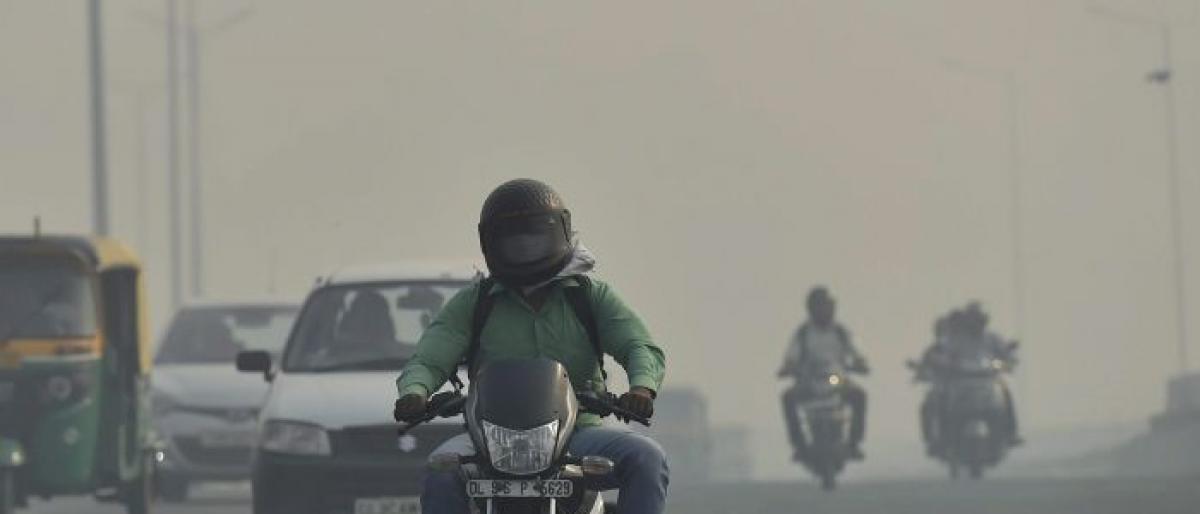Just In

It is not war and violence that are killing more people in the world and not even AIDS, tuberculosis and malaria put together. The number one killer in the world today is man himself who is polluting the environment by every means and killing his own ilk.
New Delhi: It is not war and violence that are killing more people in the world and not even AIDS, tuberculosis and malaria put together. The number one killer in the world today is man himself who is polluting the environment by every means and killing his own ilk.
Yes, environmental pollution is taking most lives away in the world every year. A major study released by The Lancet Medical Journal on Thursday said that "one out of every six premature deaths in the world in 2015 — about 9 million — could be attributed to disease from toxic exposure". According to the study Asia and Africa are the regions putting the most people at risk while India topped the list of individual countries.
The financial cost from pollution-related death, sickness and welfare is equally massive, the report says, costing some $4.6 trillion in annual losses — or about 6.2% of the global economy. “There’s been a lot of study of pollution, but it’s never received the resources or level of attention as, say, AIDS or climate change,” said epidemiologist Philip Landrigan, dean of global health at the Icahn School of Medicine at Mount Sinai, New York, and the lead author on the report.
One out of every four premature deaths in India in 2015, or some 2.5 million, was attributed to pollution, the study found. China’s environment was the second deadliest, with more than 1.8 million premature deaths, or one in five, blamed on pollution-related illness.
Several other countries such as Bangladesh, Pakistan, North Korea, South Sudan and Haiti also see nearly a fifth of their premature deaths caused by pollution. “Pollution is a massive problem that people aren’t seeing because they’re looking at scattered bits of it,” Landrigan said.
Experts say the 9 million premature deaths the study found was just a partial estimate, and the number of people killed by pollution is undoubtedly higher and will be quantified once more research is done and new methods of assessing harmful impacts are developed.
Areas like Sub-Saharan Africa have yet to even set up air pollution monitoring systems. Soil pollution has received scant attention. And there are still plenty of potential toxins still being ignored, with less than half of the 5,000 new chemicals widely dispersed throughout the environment since 1950 having been tested for safety or toxicity, additional reports say.
To reach its figures, the study’s authors used methods outlined by the US Environmental Protection Agency for assessing field data from soil tests, as well as with air and water pollution data from the Global Burden of Disease, it is claimed.
Even the conservative estimate of 9 million pollution-related deaths is one-and-a-half times higher than the number of people killed by smoking, three times the number killed by AIDS, tuberculosis and malaria combined, more than six times the number killed in road accidents, and 15 times the number killed in war as per studies.
It is most often the world’s poorest who suffer. The vast majority of pollution-related deaths — 92% — occur in low- or middle-income developing countries, where policy makers are chiefly concerned with developing their economies, lifting people out of poverty and building basic infrastructure, the study found.
Environmental regulations in those countries tend to be weaker, and industries lean on outdated technologies and dirtier fuels.
In wealthier countries where overall pollution is not as rampant, it is still the poorest communities that are more often exposed, the report says.

© 2024 Hyderabad Media House Limited/The Hans India. All rights reserved. Powered by hocalwire.com







